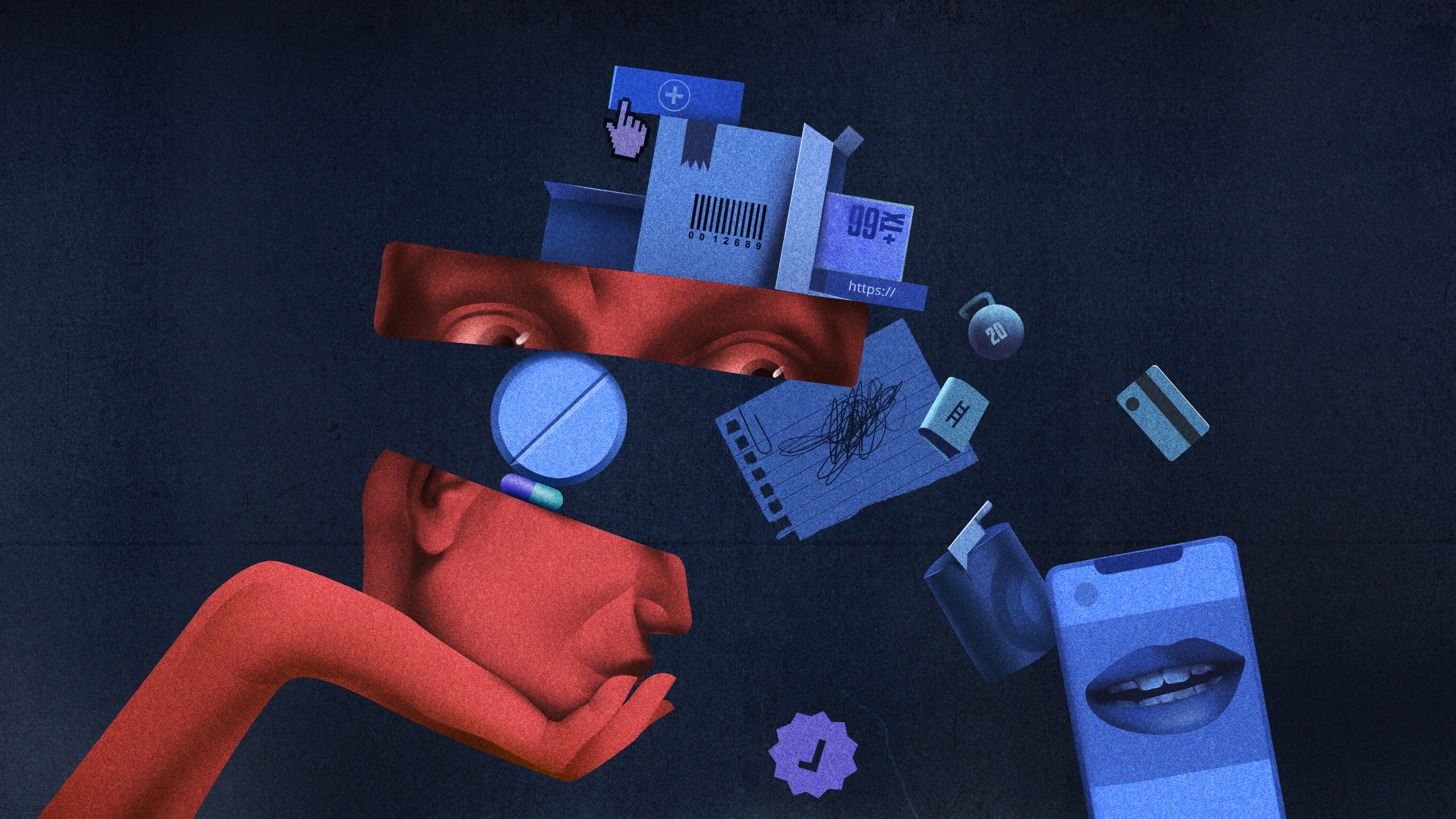When does education start? As late as 2011, Unesco hadn’t even contemplated formal education for children under the age of three. And still today, around half of the world’s children of pre-primary school age, some 175 million children, are not enrolled in any formal education.
Why is this a problem? Because neuroscience shows that the first 1,000 days of a person’s life (the nine months of pregnancy and first two years of life) are incredibly important for shaping our brains and how we function as individuals.
During that time, our brains reach up to 80% of their adult size, and we start developing the foundations of our brain architecture. And children build fundamental neuronal connections through play and meaningful interactions with other people – which is exactly what early education settings such as daycare can provide. Yet governments dedicate only a tiny portion of their education budget to pre-primary education.

This is nonsensical: if you want to build a house, you start by investing in strong foundations before thinking about the terrace on the second floor. So why do a majority of governments consider kindergarten or daycare less valuable than other levels of schooling? Beyond investment, there are other indicators that show we don’t value preschool education. Preschool teachers are paid notoriously worse and considered less prestigious than teachers in other grades.
Just yesterday, 24 January, the world celebrated International Day of Education. Unless we start focusing on the early years, we will have a hard time achieving good education further down the line. So as we mark the importance of education for peace and development, it’s high time we made daycare a universal right.
The case for daycare for every child
Let’s start with the economic arguments. James Heckman, who won the Nobel Prize for economics in 2000, showed how investing in early childhood education could reduce deficit and strengthen the economy.

I’m not saying that those without access to preschool education are doomed. But without external intervention, inequality festers. Only children with parents or carers with time and energy will get to play and learn. If we don’t take action, the gap between rich and poor children will widen, which has a long-lasting impact on the brain.
For countries with fewer resources, early childhood education can be very effective in the children’s own home, with some external support. Early education experts and nurses can support parents with home visits that show them how they can play with children and stimulate them early on.
And it’s not just countries with fewer resources that aren’t investing in early education. A report by the European commission shows that 66% of kids in European countries under the age of three don’t have access to early childhood education and care.
Mind the childcare gap
There is another issue. If parents are not allowed childcare leave and the government does not guarantee a place in free daycare, only financially independent parents can afford to give their children a head start. This leads to a childcare gap. (Even in a wealthy country like Switzerland, for example, the gap is 3.7 years.)
If formal education starts well before school, and the first 1,000 days are fundamental to brain building, why is childcare in the first years of life often considered a burden for individuals rather than the responsibility of wider society?
US education policy expert Elliot Haspel argues that early education should be a public good and every family should receive a bonus to spend on those early years.
But to back an investment like that, we first need to really believe in the importance of the first 1,000 days. Early education is not just a bonus – it is vital. So let’s make daycare a universal right.

Dig deeper
 Let’s remember the day play went from being a privilege to a right
The Convention on the Rights of the Child set out to enshrine children’s wellbeing, safety and security – not to mention their right to play. There is much work still to be done, but on its 30th anniversary, it’s worth reflecting how much has been achieved.
Let’s remember the day play went from being a privilege to a right
The Convention on the Rights of the Child set out to enshrine children’s wellbeing, safety and security – not to mention their right to play. There is much work still to be done, but on its 30th anniversary, it’s worth reflecting how much has been achieved.
 The time has come to take the self out of self-care
While the reminder to care for oneself can lead to improved wellbeing, the idea is increasingly commodified and weaponised against those who are most vulnerable. Here are four problems with our golden age of self-care.
The time has come to take the self out of self-care
While the reminder to care for oneself can lead to improved wellbeing, the idea is increasingly commodified and weaponised against those who are most vulnerable. Here are four problems with our golden age of self-care.


